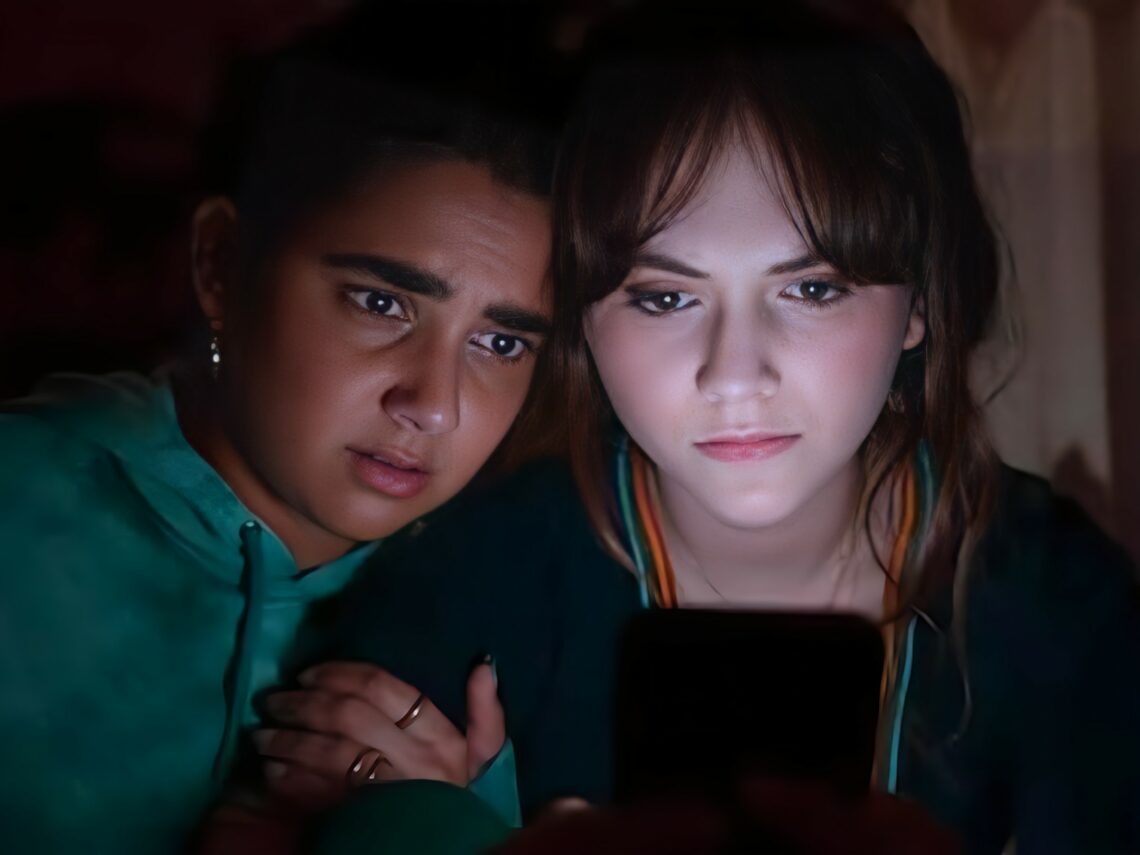Netflix’s latest sensation, Cat Person, has clawed its way to the tenth spot on Netflix UK’s top ten list of films between March 25th and 31st, 2024.
Inspired by Kristen Roupenian’s 2017 article, first published in The New Yorker, Cat Person takes viewers on a psychological journey through the complexities of modern relationships.
Directed by Susanna Fogel and written by Michelle Ashford, Cat Person delves into the unsettling dynamics between its protagonists, played by Emilia Jones and Nicholas Braun. Emilia Jones portrays Margot, the 20-year-old college student who ends up dating Nicholas Braun’s Robert Holt, who is not only 13 years her senior but has also possibly been stalking her.
Margot finds herself entangled in an increasingly uncomfortable relationship with Robert, whom she meets while working at a movie theatre. As their interactions progress from playful banter to intimate encounters, Margot grapples with conflicting emotions and societal expectations, ultimately questioning her own desires and agency.
While Cat Person stays true to the essence of Roupenian’s original story, the film introduces a third act that diverges from the source material—a creative choice that garnered largely negative reviews from critics. Much of the nuance of the riveting short is lost in translation. But the fascinating true story behind Cat Person also sparked a different kind of conversation about authenticity and consent in the writing world.
So, what is the true story behind Cat Person?
Cat Person navigates themes of power dynamics, consent, and the often blurred boundaries between desire and coercion with nuance and sensitivity. However, the film’s journey to the screen was not without controversy. In 2021, Alexis Nowicki accused Roupenian of appropriating details from her life and that of her ex-boyfriend for Cat Person, sparking a debate about the ethics of using real-life experiences as inspiration in fiction.
Roupenian acknowledged drawing from personal experiences but maintained that the story was primarily a work of imagination. The ensuing discussion highlighted the challenges of navigating the fine line between creativity and exploitation in storytelling.
Nowicki wrote about finding out about Cat Person in a Slate article. “Some of the most pivotal scenes—the sexual encounter and the hostile text messages—were unfamiliar to me,” she went on, “But the similarities to my own life were eerie: The protagonist was a girl from my small hometown who lived in the dorms at my college and worked at the art house theatre where I’d worked and dated a man in his 30s, as I had. I recognised the man in the story, too.”
Years later, Nowicki reached out to Roupenian, who confirmed that both of them dated the same man Cat Person was about, and some of the details about Margot were indeed inspired by Nowicki. “Using those facts as a jumping-off point, I then wrote a story that was primarily a work of the imagination but which also drew on my own personal experiences, both past and present.” Roupenian was also apologetic about not being more careful with the identifying details in her short, “In retrospect, I was wrong not to go back and remove those biographical details, especially the name of the town. Not doing so was careless.”
Roupenian’s incisive portrayal of female experience struck a chord with readers, propelling her into the literary spotlight and securing a lucrative book deal for her debut anthology. While the film adaptation has largely been a disappointment, it is easy to see why this story resonated with so many of our generation.
